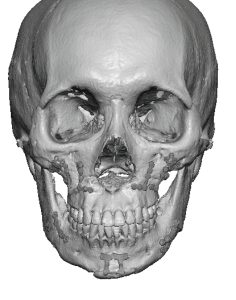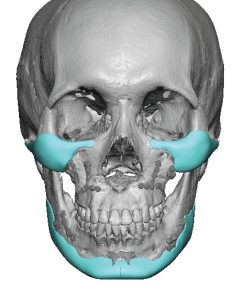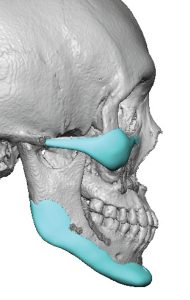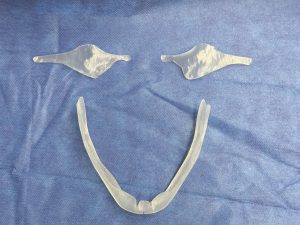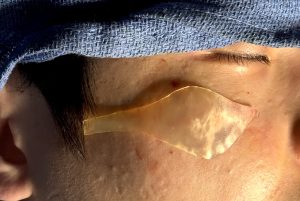Background: V line and cheekbone reduction surgeries today are well known facial reduction/reshaping procedures. They have their origins in Asia where they are commonly performed and is very popular amongst young patients. But just like facial implant augmentations where the result can be seen to be too much, facial bone reductions can also end up being seen as too small. The difference is that facial implant augmentations are fairly easily reversed to be made smaller or reversed completely. Conversely, in facial bone reduction reversals are more challenging as bone has been removed and can not be restored by bone replacement.
One of the reasons V line surgery can become overdone is the way the surgery is performed. Done from an intraoral approach the angle of the bone cut does not allow for just a little bone to be removed particularly through the jaw angle area. Rather a significant amount of bone is removed radically changing the shape of the jaw angle. In fact the most bone that is removed through an oblique cut is through the jaw angle itself. This is the reason it is a tremendously effective procedure for jaw narrowing…but at the risk of over resection or too much change.
Cheekbone reductions are different in that they are osteotomies where the bone is repositioned and the risk of too facial narrowing does appear to be lower than V line surgery. In fact the most common undesired effect from cheek reduction is soft tissue sagging not too much width reduction….with the exception in the male patient where loss of a more masculine facial appearance can result.
The only method to reverse, totally or partially, V line surgery is with a custom implant design. Thee bone can not be replaced with bone and the line and symmetry of the cut lines mandates that a custom jawline is needed. In theory cheek bone reduction osteotomies could be reversed by recutting the bone, moving it back outward and placing an interpositional graft. But such reversal osteotomies are two dimemnsional in nature and do not fully restore the lost three dimensional projection of the cheekbones.
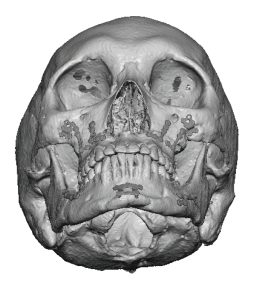

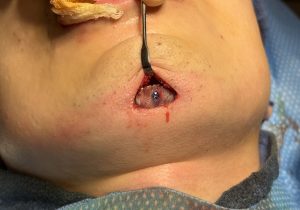
In the world of facial reshaping surgery, which is most commonly done in younger patients, the shape of the face is being changed from its congenital appearance. Such surgery has the highest risk for regret (unhappiness with the change) as opposed to facial rejuvenation surgery. While all facial reshaping surgeries can undergo variable amounts of reversal, facial bone reductions are the most challenging since removed or repositioned bone can be anatomically restored to what exactly what is was before. (shape and all natural bone) Such reversals require implants and custom designs are most effective since these are not ‘spot’ augmentations. Rather such reversals are trying to release larger segments of bone that have been either removed, rotated or both.
Key Points:
1) Some patients develop V line surgery regret if too much jaw bone is removed or the reshaping change can not be aesthetically accepted.
2) Less patients experience cheekbone reduction osteotomy regret but that risk is higher in the male patient due to the demasculinizing effect.
3) The most accurate method of custom implant design for any form of facial bone reduction reversals is with the use of a 3D CT scan done before the facial bone reductions…but this is not commonly available or done in many patients. This patient was the exception in that regard.
Dr. Barry Eppley
World-Renowned Plastic Surgeon




